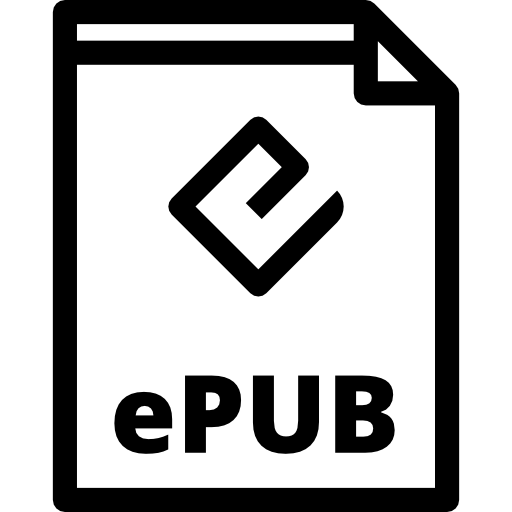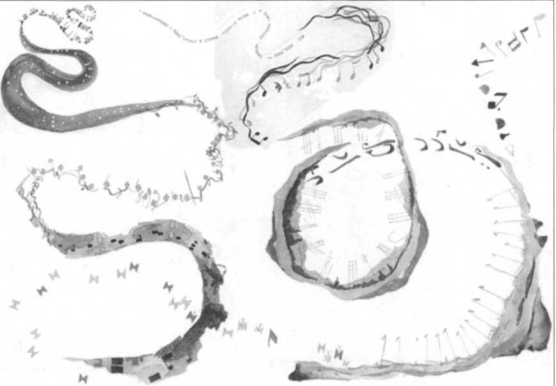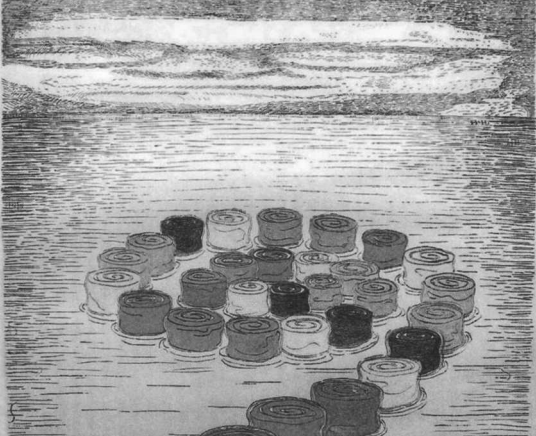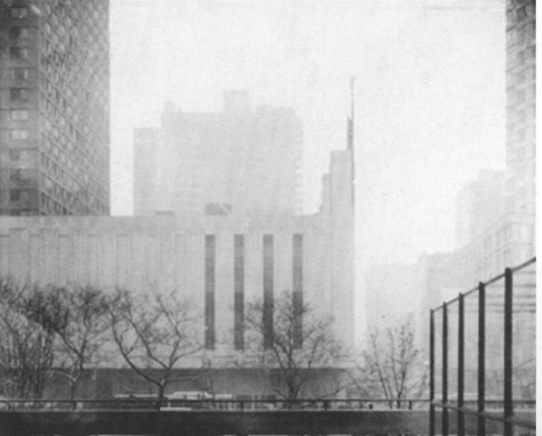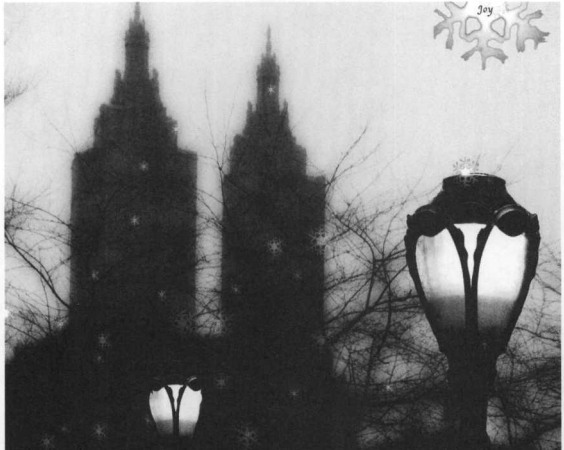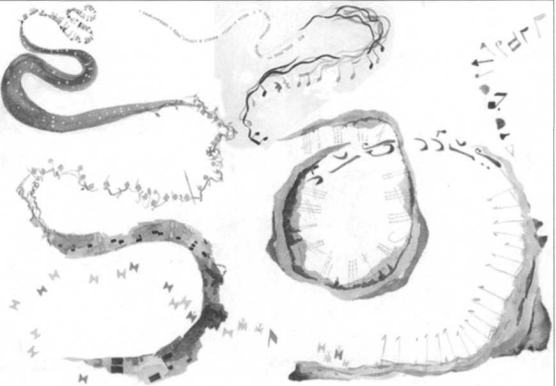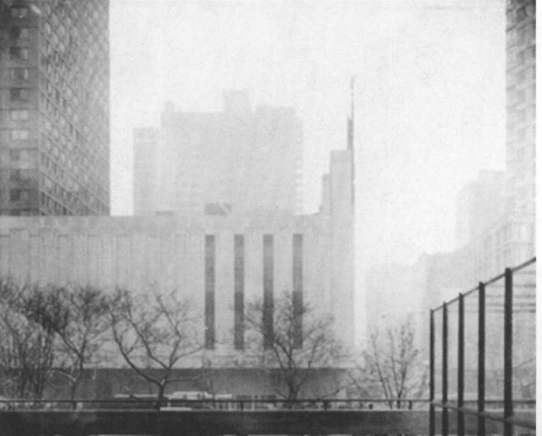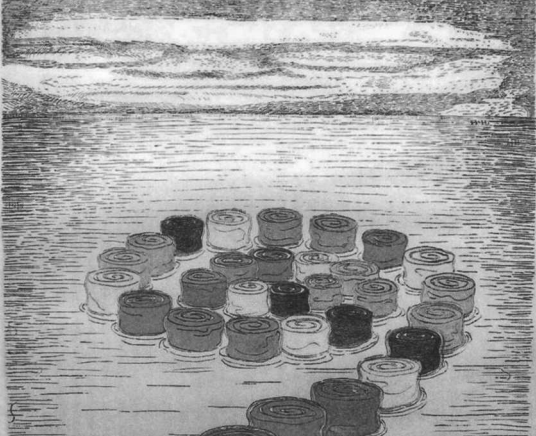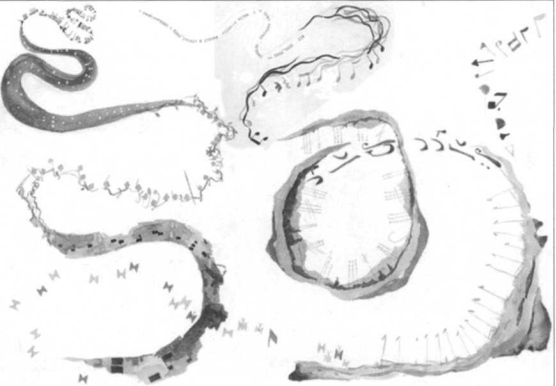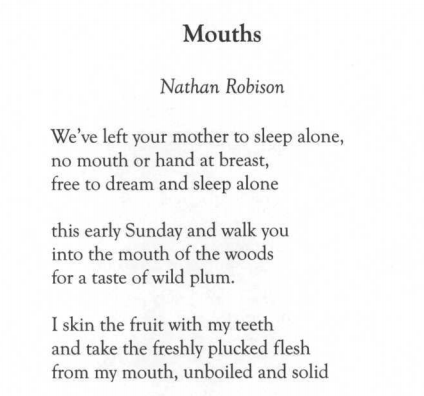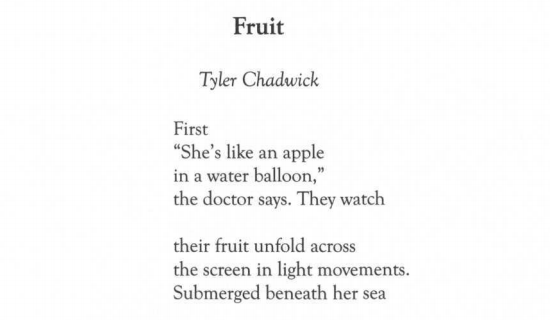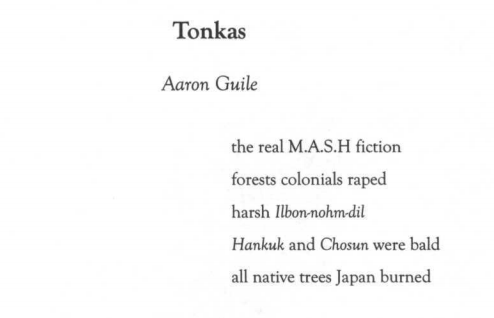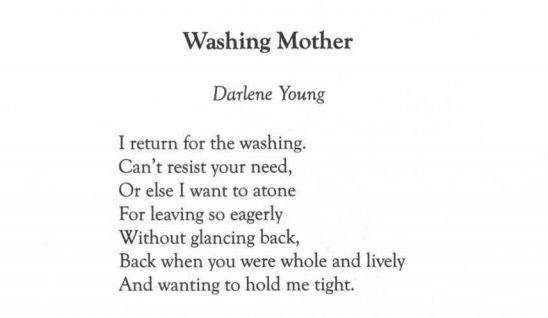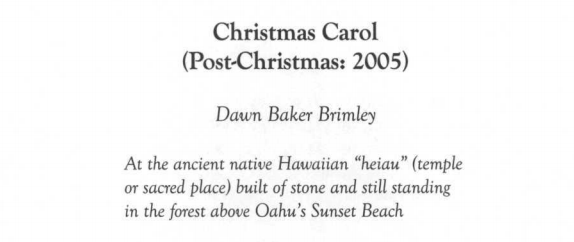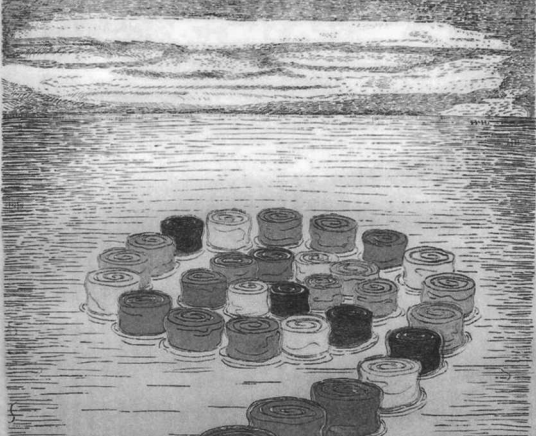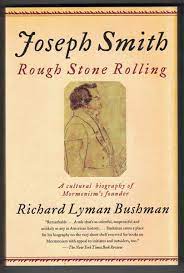The Prophet Elias Puzzle
Samuel M. BrownEarly Mormonism is notable for a proliferation of angels, scriptural luminaries who visited the Prophet Joseph Smith and his close associates. These visitations not only established prophetic authority generally but were also often associated with specific innovations, rites, and doctrines. Thus, Moroni delivered the Book of Mormon, John the Baptist bestowed the lesser priesthood, and a triumvirate of Christian apostles granted the higher priesthood. Perhaps most important in this august pantheon is Elijah, the biblical patriarch who ascended living to heaven (was translated) as a reward for exemplary faithfulness. For early Mormons, Elijah shouldered a burdensome mission: to oversee LDS temple rites and integrate the human family into an organic whole, sealing up personal relationships against death.
Read more




